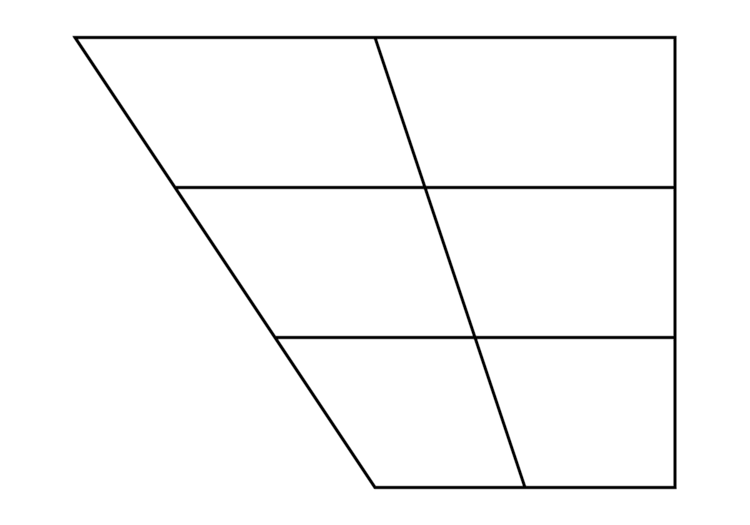 | ||
The uvular ejective affricate is a type of consonantal sound, used in some spoken languages. The symbol in the International Phonetic Alphabet that represents this sound is q͡χʼ. It was a phoneme in the original version of the constructed language Ithkuil and is used allophonically in several Northeast Caucasian languages.
Features
Features of the uvular ejective affricate:
References
Uvular ejective affricate Wikipedia(Text) CC BY-SA
